Cleanup to Clean Energy – Expanding Clean Energy Generation on DOE Lands
Cleanup to Clean Energy: Expanding Clean Energy Generation on DOE Lands
The Department of Energy (DOE) is making significant strides in transforming contaminated lands into hubs for clean energy generation. This initiative, known as “Cleanup to Clean Energy,” focuses on utilizing previously contaminated DOE lands for the development of renewable energy projects, thereby contributing to the nation’s clean energy goals and reducing greenhouse gas emissions.
Key Objectives
- Utilize Contaminated Lands:
- Transform lands previously used for nuclear and industrial activities into sites for clean energy projects.
- Repurpose lands that are not suitable for residential or commercial development due to contamination.
- Promote Renewable Energy:
- Support the development of solar, wind, and other renewable energy projects on DOE lands.
- Increase the overall clean energy capacity of the United States.
- Environmental and Economic Benefits:
- Reduce greenhouse gas emissions by replacing fossil fuel energy sources with renewables.
- Create job opportunities and stimulate local economies through the construction and operation of clean energy projects.
- Support DOE’s Mission:
- Align with DOE’s broader mission to advance the energy, environmental, and nuclear security of the United States.
- Leverage DOE’s expertise in science and technology to enhance clean energy innovations.
Implementation Strategies
- Site Assessment and Selection:
- Conduct thorough assessments of DOE lands to identify sites suitable for clean energy projects.
- Prioritize lands that pose fewer environmental and logistical challenges for development.
- Partnerships and Collaborations:
- Collaborate with federal, state, and local governments, as well as private sector partners, to develop and finance renewable energy projects.
- Foster public-private partnerships to leverage resources and expertise.
- Regulatory and Policy Support:
- Streamline regulatory processes to facilitate the swift development of clean energy projects on DOE lands.
- Advocate for policies that incentivize renewable energy development on contaminated lands.
- Community Engagement:
- Engage with local communities to ensure their needs and concerns are addressed.
- Promote transparency and public participation in the planning and implementation of clean energy projects.
Success Stories and Examples
- Hanford Site, Washington:
- One of the largest cleanup projects in the world, parts of the Hanford Site are being repurposed for solar energy projects, generating significant renewable energy capacity.
- Savannah River Site, South Carolina:
- Plans are underway to develop large-scale solar farms on sections of the site, contributing to local clean energy supply and job creation.
- Rocky Flats, Colorado:
- Formerly a nuclear weapons production facility, now hosting renewable energy projects that harness wind power to generate electricity.
Challenges and Considerations
- Technical and Environmental Challenges:
- Addressing contamination issues and ensuring that renewable energy projects do not pose additional environmental risks.
- Overcoming technical barriers related to the integration of renewable energy into existing grids.
- Economic Viability:
- Ensuring that projects are economically viable and attract sufficient investment.
- Balancing initial cleanup costs with long-term benefits of renewable energy generation.
- Regulatory Compliance:
- Navigating complex regulatory landscapes to secure necessary approvals and permits.
- Ensuring compliance with federal, state, and local environmental regulations.
Future Directions
- Innovation in Clean Energy Technologies:
- Invest in research and development to advance clean energy technologies suitable for deployment on DOE lands.
- Explore emerging technologies such as advanced photovoltaics, wind turbines, and energy storage solutions.
- Scalability and Replicability:
- Develop scalable models that can be replicated across other contaminated lands managed by the DOE.
- Share best practices and lessons learned to promote widespread adoption of the cleanup to clean energy model.
Conclusion
The “Cleanup to Clean Energy” initiative represents a transformative approach to managing contaminated DOE lands, turning environmental liabilities into assets for clean energy generation. By leveraging these lands for renewable energy projects, the DOE is contributing to a sustainable energy future, supporting economic development, and advancing environmental stewardship.

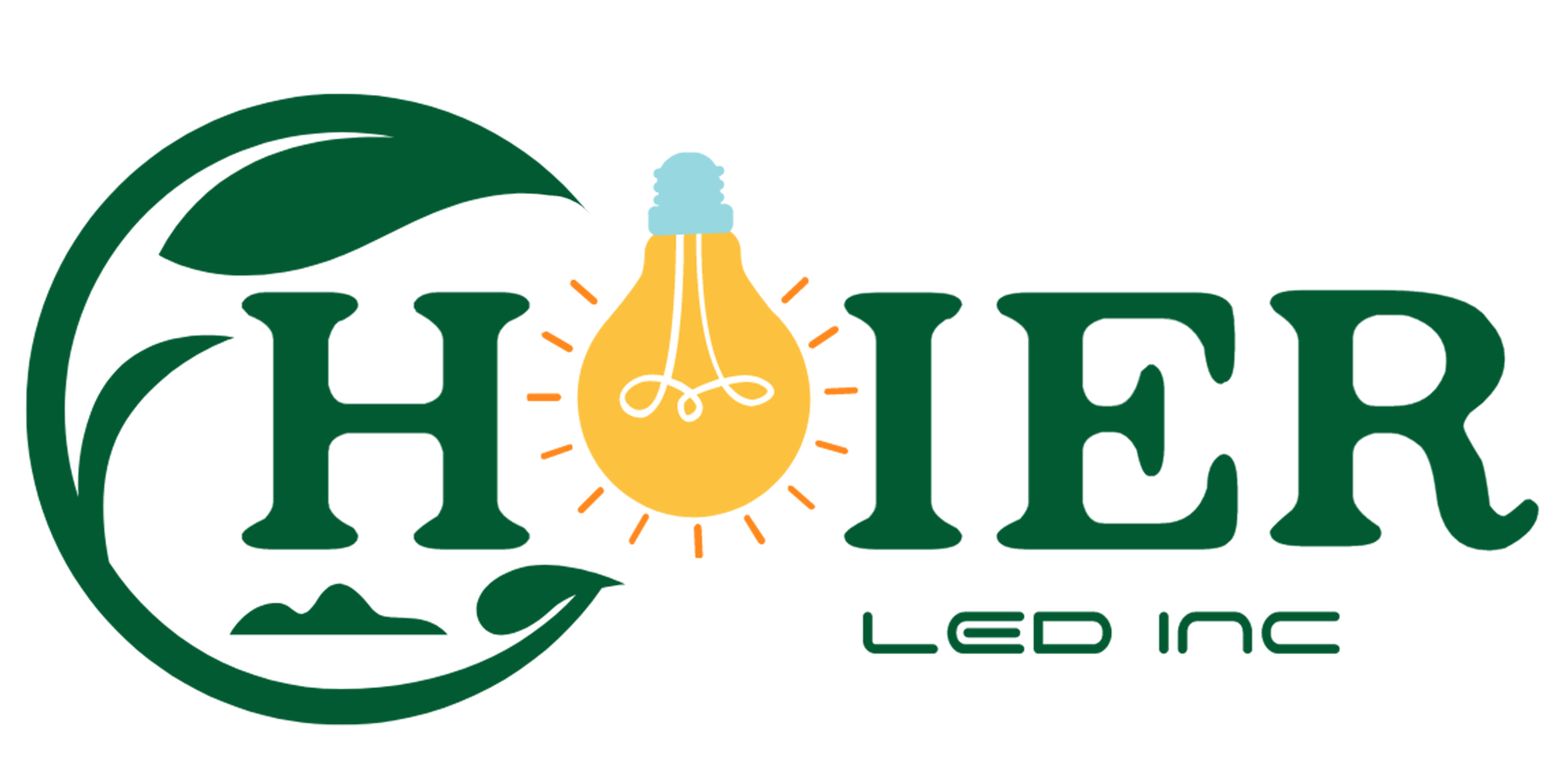
 LED Tube Light
LED Tube Light LED Panel Light
LED Panel Light LED Down Light
LED Down Light LED Corn Bulb
LED Corn Bulb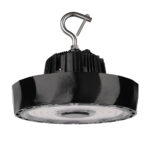 LED Highbay Light
LED Highbay Light LED Linear Strip Light
LED Linear Strip Light LED Exit Sign&Emergency Light
LED Exit Sign&Emergency Light LED Vapor Tight Fixture
LED Vapor Tight Fixture LED Shop Light
LED Shop Light LED Track Light
LED Track Light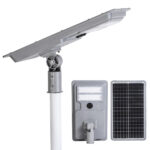 LED Solar Light
LED Solar Light LED Street Light
LED Street Light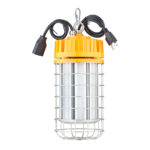 LED Work Light
LED Work Light LED Bollard Light
LED Bollard Light LED Canopy Light
LED Canopy Light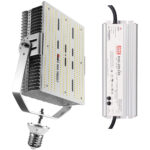 LED Retrofit Kit
LED Retrofit Kit LED Post Top Light
LED Post Top Light LED Flood Light
LED Flood Light LED Shoebox Area Light
LED Shoebox Area Light LED Wallpack Light
LED Wallpack Light LED Dusk to Dawn Barn Light
LED Dusk to Dawn Barn Light LED Explosion Proof Light
LED Explosion Proof Light LED Fishing Light
LED Fishing Light LED Stadium Light
LED Stadium Light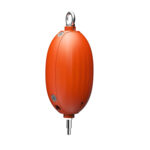 Emergency Backup Battery
Emergency Backup Battery Pole Mounting Bracket
Pole Mounting Bracket Dimmer Switch
Dimmer Switch Photocell Sensor
Photocell Sensor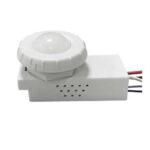 Motion Sensor
Motion Sensor Light Pole
Light Pole Multi-strand Copper Wire
Multi-strand Copper Wire Waterproof Joint
Waterproof Joint Surge Protective Device
Surge Protective Device LED Driver
LED Driver Flexible Conduit
Flexible Conduit LED T8 Emergency Tube Light
LED T8 Emergency Tube Light LED E26/E39 Retrofit Bulb
LED E26/E39 Retrofit Bulb
you are in reality a just right webmaster The site loading velocity is incredible It seems that you are doing any unique trick In addition The contents are masterwork you have performed a wonderful task on this topic